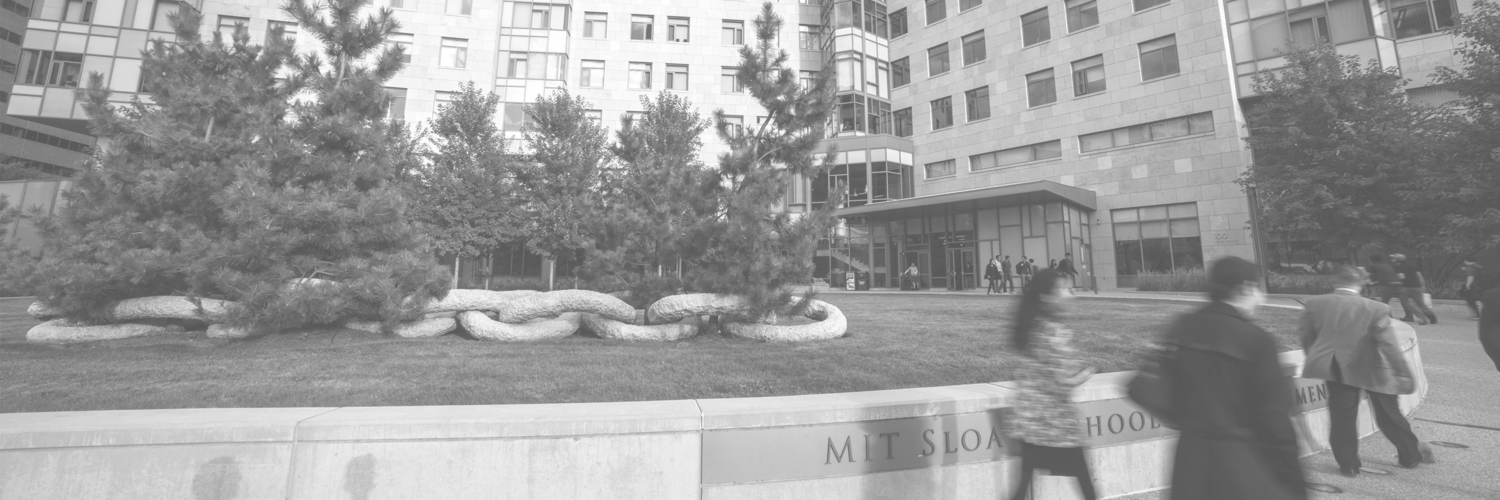MIT Sloan Health Systems Initiative
Spring 2024 Research Updates: Innovative Insights in Hospital Operations, Worker Wellbeing, and the Effect of Social Media
HSI-funded research continues to develop intriguing health insights that can translate to strategies for business leaders. We received research updates for ten projects led by six HSI faculty. Below we report on three of these. Please see our website for additional in-depth articles on our researchers’ projects (For example, food as medicine, improving hospital ED wait times, fostering worker wellbeing)
Georgia Perakis – MRI and Echocardiogram Capacity Expansion at UMass Memorial Hospital
Georgia Perakis and her team consisting of Dessislava Pachamanova, Joyce Luo, along with masters and undergraduate students, continue their work evaluating a number of initiatives at UMass Medical meant to alleviate the backlog of services.
One initiative the team evaluated was scheduling MRI resources for inpatients, outpatients, and emergency patients. Suboptimal use of appointment times for MRI scans led to a number of difficulties such increased length of stay for inpatients. The researchers aimed to find the optimal way to schedule these procedures.
The research team has expanded the scope to include another type of scan, an echocardiogram. One significant difference between the two types of scans are the limiting factors. For MRIs, the limiting factors are the number of machines and hours of operation. For echocardiograms, the bottleneck occurs due to the unavailability of technicians to perform the scans. Not only is the number of technicians an issue, but also the distribution of scans per technician must be fair and taken into consideration since the burnout rate is high for this role.
Insights:
The team has been successful in developing a predictive model for demand of MRI diagnostic services and duration of services that is much more accurate than the status quo. Specifically, their “scheduling models show an up to 39% reduction in costs compared to current hospital operations.” In the coming months they hope to refine this model with additional data.
They had more data for echocardiograms than MRIs, so they were able to do more in depth analyses. Once again, their models outperform the usual hospital methods. Specifically, their simulation results “show that in higher demand scenarios, our algorithm’s policy shortens wait time by 151 minutes on average compared to current hospital policy, by improving throughput for less urgent patients. In addition, our algorithm’s recommended allocations improve fairness for technicians compared to current hospital allocations by about 17% for total scan time, 27% for total number of scans performed, 32% for difficult scan time, and 37% for number of difficult scans performed.”
Going forward, the team plans to extend their models to other areas in the hospital that can benefit from more robust operational planning.
Erin Kelly – Warehouse Work and Worker Well-being
Prof. Kelly and her team have now been able to ramp up their project whose start was stymied due to covid-related restrictions. This project investigates how work redesign – deliberate changes in work conditions – may improve the health and well-being of warehouse employees working in a fulfillment center of a national retailer. Specifically, the researchers are investigating whether workplaces that establish a Health and Well-being Committee (HaWC) composed of frontline workers and middle managers who work together to address workplace concerns, fare better than similar counterparts in other fulfillment centers in the same company.
The researchers are focusing on effects on employees such as improved mental health as well as improvements on key organization indicators including turnover and productivity.
Insights:
Initial findings indicate that hourly fulfillment center workers who feel their workplace in more open to their concerns and ideas have significantly lower burnout and psychological distress, and significantly higher emotional vitality. Further, a positive voice environment encourages feelings of relatedness and connection at work, which benefit wellbeing.
Early analysis focused on turnover has also shown a positive effect from the intervention. Fulfillment centers with HaWC reduce the expected hazard of job exit by about 29%, which is equivalent to the effect of a $0.31 hourly wage increase.
Alexey Makarin – The Impact of Online Dating Apps on Young Adults
Prof. Makarin and his team are researching the effect of the dating app Tinder on the dating habits, mental health and relationship patterns of college-aged students. For the first part of the project, they used survey data from more than 1.1 million college students at universities similar to those where Tinder focused its original marketing. With these data, Makarin was able to compare survey responses before and after Tinder’s full-scale rollout.
Insights:
Overall, his results suggest that digital technologies like Tinder can have far-reaching influence on social relationships and behavior. Now, Makarin has distilled some insights from the survey responses;
- Online dating apps drastically changed the dating market equilibrium among young adults, specifically toward greater exploration and turnover in romantic partners.
- Online dating apps do not appear to contribute negatively to the decline of mental health among young adults in the United States since 2013-2014. If anything, their proliferation had a positive impact.
Makarin notes that his research stands in contrast to a “common narrative in the popular press and to the effects of other social media platforms, such as Facebook.”
Going forward, Makarin will continue to research these dating and relationship questions with actual online dating data from different years. He also may investigate other health-related impacts from online dating participation.
